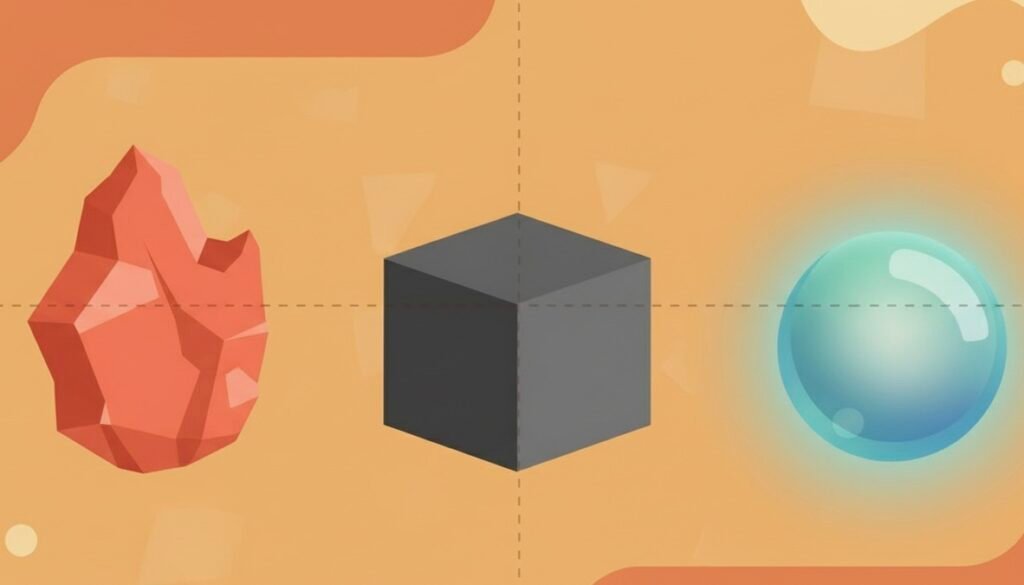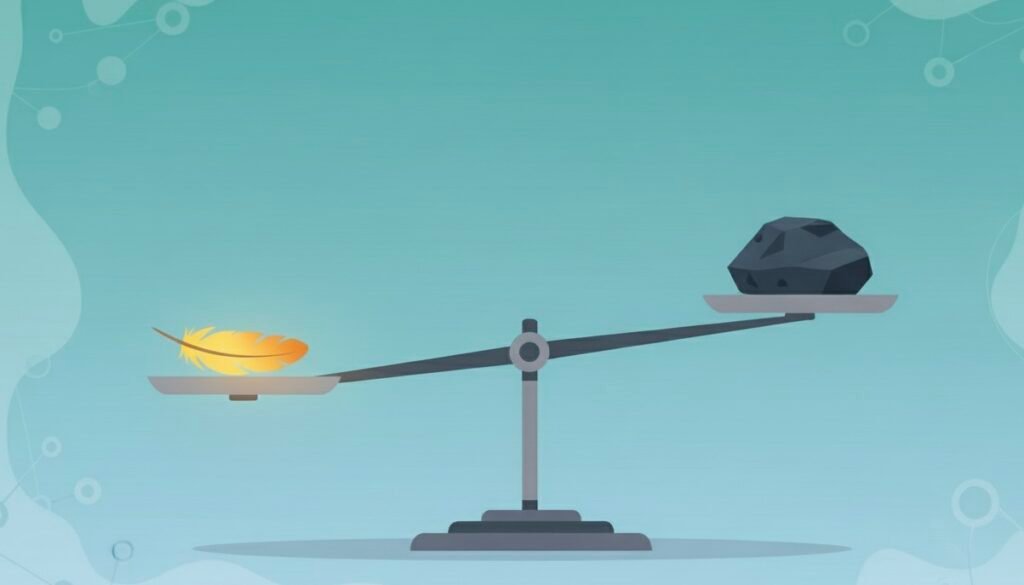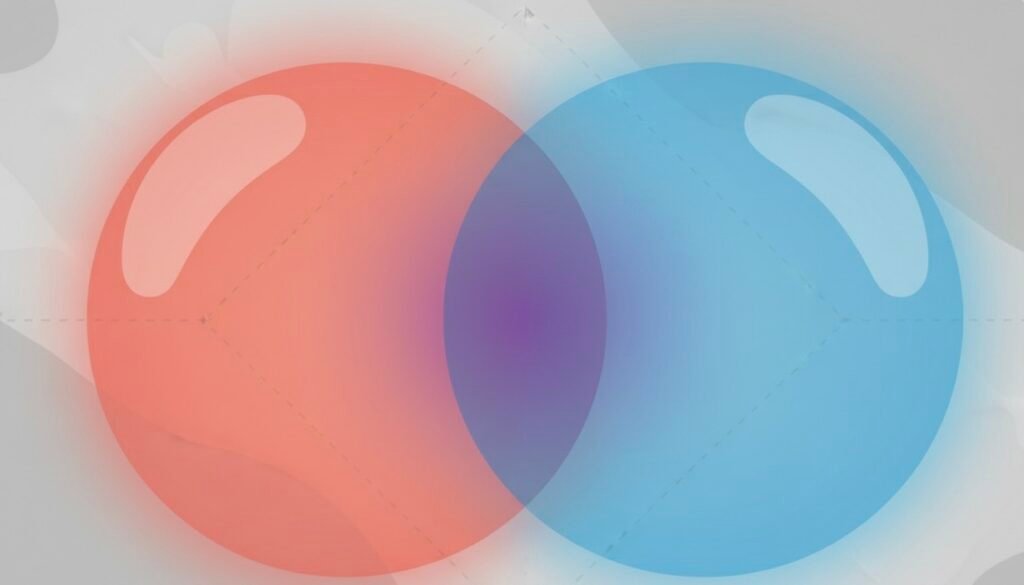Chronic low back pain is one of the most common health conditions worldwide. It can start suddenly after an injury or build up gradually. Sometimes it appears with structural findings on a scan; other times, no obvious cause is visible. In both cases, pain can continue because the nervous system becomes highly reactive. If you’re new to the topic and want a broader overview first, see What Chronic Pain Is and Why It Persists.
This article explains how back pain develops over time, why the nervous system matters and how the mind and body interact in long-lasting pain. It also covers practical strategies such as gentle exercises, pacing activity and supportive treatments; highlights what to avoid and answers pressing questions people ask about chronic low back pain.
Conversations With My Body
It took me a lot of time to pass from fight to acceptance. The battle was quite fierce, and I only had to lose, but I did not know there was a way out. A window to a reality where blaming my body was wrong and pushing through was dangerous. Some landscape where I could enjoy free time without feeling guilty; where I could say no to people without feeling like I am disappointing them or isolating myself. A space that could feel safe enough to understand that my body and my survival brain were only protecting me.
Love hurts. And so does self-love – that was the bitter joke my body played on me. I remember when, after a minor injury, all this started; I was so confused and furious. My main dialog with my body was: “You betrayed me. You, who were so resistant, so good to me, we’ve been together through so much. What is wrong with you now making such a drama?!”
He was answering back, but in ways that were stealing my sleep and my social life, so I refused to listen. He kept talking when I was feeding him opioids and all kinds of chemicals, but I was even rougher. The more I ignored and blamed him, the louder he talked. The loudest was when I put him through an injection in the spine and a procedure on my sciatic nerve. He collapsed, sending me a clear message: our relationship was dysfunctional and something needed to change.
I thought the same, only I believed it was something really wrong with him. When I found out what was actually going on – that I had chronic low back pain – I stopped talking and started listening. Then we made peace and started walking side by side. Our conversations became calmer. We still have bad days sometimes, flare-ups and wild sensations, but being a team helps a lot.
And now we are learning safety. I heard something very interesting and true today: you don’t have to heal to be yourself again, but to get to be whoever you should have become.
This blog is a love letter to all the people living with chronic low back pain and chronic pain of any kind. The key message is: listen to your body. He is always right because he is honest, raw, visceral, smarter than the conscious mind and very sensitive. If your mind understands what is going on, that is helpful; but if your body still talks to you, complaining, it means that naming it is not enough. You need to take action and heal through it.
The body accepts and understands movement better than any explanation we can give it. Action is its language, and movement is the way it feels truth. Let’s write together that letter and dedicate it to this vehicle that so loyally transports us through good and bad.

How low back pain evolves
Acute stage
Pain may begin after an injury. This can be a strain (muscle or tendon overstretch/tear) or a sprain (ligament injury). At this stage, symptoms are usually local and may include spasms or temporary inflammation. Imaging can reveal:
- Disc herniation or protrusion happens when part of a spinal disc bulges outward, sometimes irritating nearby nerves and causing sciatica.
- Degenerative disc changes occur when discs naturally lose height and hydration with age. These findings are common and often painless.
- Other alterations: small facet joint changes, mild scoliosis or early arthritis.
For many, these explain the initial episode of discomfort.
Chronic stage
When pain continues beyond the expected healing time, protective guarding can become automatic. Muscles remain tense, movement feels restricted, and the severity no longer reflects the state of the tissues. This is when low back pain becomes chronic.
Nociplastic stage
The nervous system itself becomes sensitized. The spinal cord and brain amplify normal signals, interpreting them as harmful. Pain can then spread to the entire back or even other areas, sometimes without structural abnormality.
This stepwise progression explains why two individuals with identical imaging can experience very different outcomes; one with mild stiffness, another with severe and persistent discomfort. It highlights that scans alone do not define chronic low back pain, but by how the nervous system processes pain signals. For a deeper look at how the pain system can become sensitized, see Central Sensitization Explained.
Mind and Body in Chronic Low Back Pain: From Shock to Acceptance
The experience of chronic low back pain is not only physical. Many people go through stages:
- Shock: sudden onset of symptoms.
- Persistence: discomfort does not settle as expected.
- Uncertainty: tests do not explain the intensity.
- Flares: unpredictable spikes that create fear of movement.
When chronic low back pain continues, people often try to fight or avoid it, which can keep stress high and muscles tense. Anxiety often grows in this stage, fueling hypervigilance and making pain feel even more threatening. For more details, see Chronic Pain and Anxiety: How Fear Amplifies Symptoms.
Research reveals that acknowledging the situation instead of resisting it allows people to make progress. Acceptance does not mean giving up; it means recognizing pain as part of the present moment while still choosing supportive actions.
Another key factor is safety. The nervous system quiets down when movement and daily routines feel predictable and non-threatening. Simple steps can reinforce this, such as moving gradually, choosing environments where you feel at ease and practicing steady routines. When the body registers safety, sensitivity decreases and recovery strategies become more effective.
Gentle exercises for chronic low back pain
Movement is a core part of care and an important element of chronic low back pain relief. Doctors commonly recommend the following activities:
Pelvic tilts (lying down) – with knees bent, tilt pelvis slowly to flatten and arch the lower back.
Knee-to-chest rocking – draw knees toward chest, rock side to side for 20-30 seconds.
Hip hinge at counter – bend from hips with hands on a stable surface, keeping spine long.
Side-lying rotations (“open-book”) – rotate the upper body with knees bent, 5-6 reps per side.
Walking – 5-10 minutes at an easy pace.
Diaphragmatic breathing – place a hand on the belly. Inhale through the nose for 3-4 seconds, letting the abdomen rise. Exhale gently through the mouth for 4-6 seconds, letting it fall.
These movements restore mobility, reduce stiffness and provide safe input to the pain system. If symptoms get worse the next day, reduce repetitions or duration.

Pacing activity: how to progress
Baseline first. Establish a daily minimum – such as 5 minutes of walking plus one gentle exercise – that you can manage even on hard days.
Adjust gradually. Change one factor at a time: duration, frequency or repetitions.
Alternate positions. Switch between sitting, standing and walking before stiffness builds up.
Use feedback. If symptoms increase and last into the next day, scale back. If stable, continue.
Consistency over intensity. Small amounts practiced daily are more effective than occasional long sessions.
Work and chronic low back pain
Daily work often places extra stress on the back, whether it’s sitting for hours at a desk or lifting and bending on the job. Slight adjustments can make a big difference.
For office-based work, an adjustable desk that lets you switch between sitting and standing reduces strain from staying in one position. A supportive chair, feet flat on the floor and a screen at eye level can ease pressure on the lower spine. Taking brief breaks every 30-45 minutes to stand, stretch or walk helps prevent stiffness.
For physically active jobs, when lifting or carrying is part of the role, use aids like carts or lifting belts if available; divide loads rather than carrying too much at once. Rotate tasks when possible to avoid repeated stress on the same muscles. Short stretching or changing posture is valuable here too.
For all types of work, pay attention to signals from your body. If discomfort builds, adjust your position or take a movement break rather than forcing through it.
Balancing work and chronic low back pain is not about avoiding effort altogether – it’s about protecting your back from long static loads and repeated strain while still staying active.

Care and treatment approaches
Important safety note: Doctors first rule out serious conditions before starting treatment. Signs that need urgent medical care include sudden changes in bladder or bowel control, new weakness in the legs, numbness around the saddle area, fever or major trauma.
Supportive strategies
Heat and cold: heat relaxes stiffness and cold can help with fresh irritation, but both are short-term aids.
TENS: sometimes useful in localized or acute zones, less consistent in widespread sensitization.
Education: learning that chronic low back pain is not always linked to damage can reduce fear and support active recovery.
Sleep support: Improving sleep habits helps the nervous system settle and increases pain tolerance. The article Sleep and Pain covers more practical strategies.
Manual therapy: massage or spinal manipulation may offer short-term comfort, but only when combined with active strategies like exercise.
Psychological support: structured approaches such as cognitive-behavioral therapy can reduce fear of movement and improve confidence. For more details, see the Fear–Pain Cycle article.
Medications
- NSAIDs (non-steroidal anti-inflammatory drugs): such as ibuprofen or naproxen. Useful short term in flare-ups, but not for continuous use because of risks for the stomach, kidneys and heart.
- Acetaminophen (paracetamol): commonly used, but evidence shows limited benefit in chronic low back pain.
- Muscle relaxants might reduce acute spasms, but you shouldn’t use them on an ongoing basis.
- Topical options: creams, gels or patches with NSAIDs or capsaicin may ease localized pain with fewer systemic effects.
- Opioids: sometimes used in severe acute cases, but not advised for long-term chronic low back pain. They lose effectiveness, carry dependence risks and do not target nervous system sensitization.
- Other prescription drugs: antidepressants or anticonvulsants may help calm nerve sensitivity, but only under medical supervision.
- Injections: corticosteroid or anesthetic injections may provide temporary relief when nerve irritation is clear, but usually have limited benefit in nonspecific chronic low back pain.
Additional notes
Active care first: exercise and pacing, described earlier, remains the foundation of management.
The multidisciplinary approach: combining physical, psychological and educational strategies often works better than relying on one method.
Surgery: rarely recommended for nonspecific chronic low back pain. Considered only if there is clear structural compression with matching neurological symptoms that do not improve with conservative care.
Disclaimer: The information in this section is for general education only. You should always discuss the risks and benefits of medications with a qualified healthcare professional who knows your individual history.
What to avoid and why it matters
- Lifting very heavy objects or twisting suddenly. This overloads tissues and triggers guarding, which can suddenly make movement difficult.
- Staying inactive for long periods. Whether in bed or sitting still, immobility stiffens joints and muscles, slowing recovery and making movement harder.
- Relying only on passive treatments. May feel soothing but rarely improves long-term function without active movement.
- Repeated scans without new warning signs. Often reveals common age-related changes that increase worry and can lead to unnecessary procedures.
- Prolonged use of opioids. Carries risks of dependence and side effects without addressing the mechanisms of chronic low back pain.
- Ignoring the urgent signs. Delaying medical care when new weakness, bladder or bowel changes, fever or trauma occur can be harmful.
- High-impact activity without preparation. Sudden running or jumping can aggravate tissues and provoke flare-ups.
Avoiding these behaviors lowers the risk of setbacks and supports steady recovery.

FAQs
What are the best gentle exercises for chronic low back pain?
Pelvic tilts, hip hinge practice, side-lying rotations, walking and diaphragmatic breathing are used in rehabilitation programs for chronic low back pain. These movements support mobility and reduce stiffness.
Can chronic low back pain happen without disc damage or arthritis?
Yes, chronic low back pain occur even when scans show no disc damage or arthritis. In these cases, the nervous system becomes sensitized and amplifies pain signals, leading to persistent discomfort without visible structural changes.
When should I get an MRI or X-ray?
At the beginning, scans are usually considered if pain is severe, lasts longer than expected or if doctors suspect a structural problem like a herniated disc. Once pain becomes chronic, imaging may be used if symptoms change, get worse or suggest something new. If the situation stays stable, repeat scans often don’t add useful information.
Why are opioids not used for chronic low back pain?
Opioids are not recommended because their benefit is short-lived, while long-term use leads to tolerance, dependence, and serious side effects. They also do not address the nervous system sensitization that underlies chronic low back pain.
What should I avoid if I have chronic low back pain?
Avoid heavy lifting without preparation, long periods of immobility, unnecessary repeat scans and relying only on passive treatments. These factors can increase the risk of flare-ups or slow recovery.
Does chronic low back pain ever go away?
Yes, for some people, symptoms improve so much they are barely noticeable or disappear entirely, especially when combining movement, pacing and psychological support. Long-term studies show that about half of people with persistent low back pain report significant improvement over several years.
What happens to the brain with chronic low back pain?
Studies show that the brain changes when pain lasts a long time. Areas that normally help us notice danger or control emotions stay more active, which keeps pain signals strong even after the back tissues have healed. Over time, this “pain alarm” can get stuck in the “on” position. The good news is that these changes are not permanent; when pain improves, the brain can also return toward normal.
Is chronic low back pain a disability?
Chronic low back pain is not automatically classified as a disability, but in some people it becomes disabling when it limits work, mobility or daily activities. Recognition as a disability varies by severity, duration and local regulations or benefit systems.
How can I tell if my low back pain is chronic?
Pain that lasts longer than three months or keeps returning beyond the usual healing period, is chronic.
This is educational information only. Always work with a health professional for individual advice.
We’ve seen how pain can evolve, why the nervous system matters and which strategies help most. Small steps add up.
Be kind to yourself, stay curious and remember: you don’t walk this road alone.
If you got this far,
Get Support in Your Inbox
Subscribe to the newsletter and let me help you turn confusion into clarity. The PDF I have prepared is a guide that will help you organise all the elements of your condition: symptoms, treatments and impact, so you can understand your pain behaviour. This is truly important for explaining it to healthcare professionals, loved ones and yourself.
“Clinical Clarity Workbook–A map for precise diagnosis“
Until next time,
Alina

